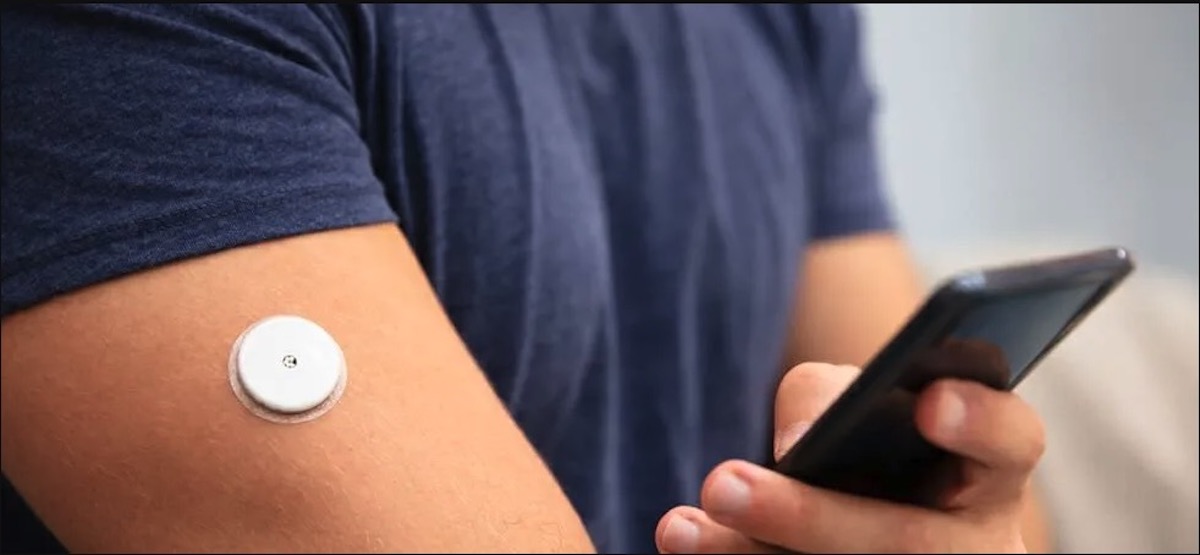Diabetes management has undergone a significant transformation with the advent of a Continuous Glucose Monitor (CGM). Unlike traditional blood glucose testing methods, CGMs provide real-time data on glucose levels, offering a comprehensive overview of how lifestyle choices impact blood sugar. This article delves into the essentials of CGMs, including their functioning, benefits, and how they are changing the lives of people with diabetes.

Understanding a Continuous Glucose Monitor
What is a CGM?
A Continuous Glucose Monitor (CGM) is a vital tool for managing diabetes, offering a detailed view of glucose levels throughout the day and night. It involves a small sensor, usually placed on the abdomen or arm, that measures glucose levels in the body’s interstitial fluid. This data is then transmitted to a receiver or a smartphone app, providing real-time, continuous glucose readings.
How Does it Work?
The key to a CGM’s functionality is its wearable sensor, which needs replacement every 7-14 days depending on the model. This sensor continuously records and transmits glucose readings to a display device, such as a smartphone or a dedicated receiver. The CGM offers critical alerts for high or low glucose levels, enabling timely interventions. This continuous monitoring contrasts with traditional glucose testing methods, providing a more dynamic and comprehensive picture of an individual’s glucose levels.
Advantages of Continuous Glucose Monitoring
- 1. Real-Time Feedback: CGMs provide instant feedback on glucose levels, allowing users to understand how different foods, activities, and medications affect their blood sugar.
- 2. Trend Analysis: By tracking glucose levels over time, CGMs help identify patterns and trends, aiding in more informed diabetes management.
- 3. Reducing Hypo- and Hyperglycemia: CGMs can alert users to dangerous glucose levels, reducing the risk of both hypoglycemia (low blood sugar) and hyperglycemia (high blood sugar).
- 4. Convenience: With CGMs, the need for frequent finger-prick tests is greatly reduced, offering more convenience and less discomfort.
Continue reading on the next page and discover, among others, how you choose the right CGM.

